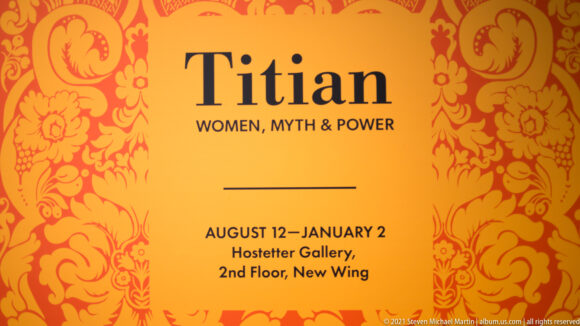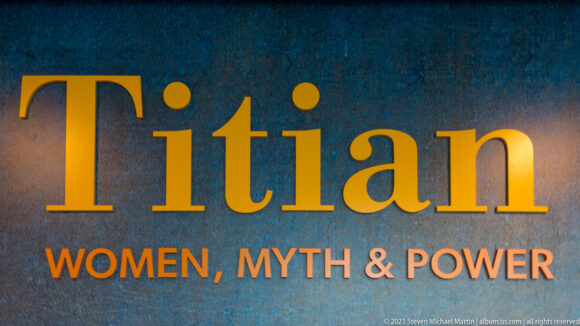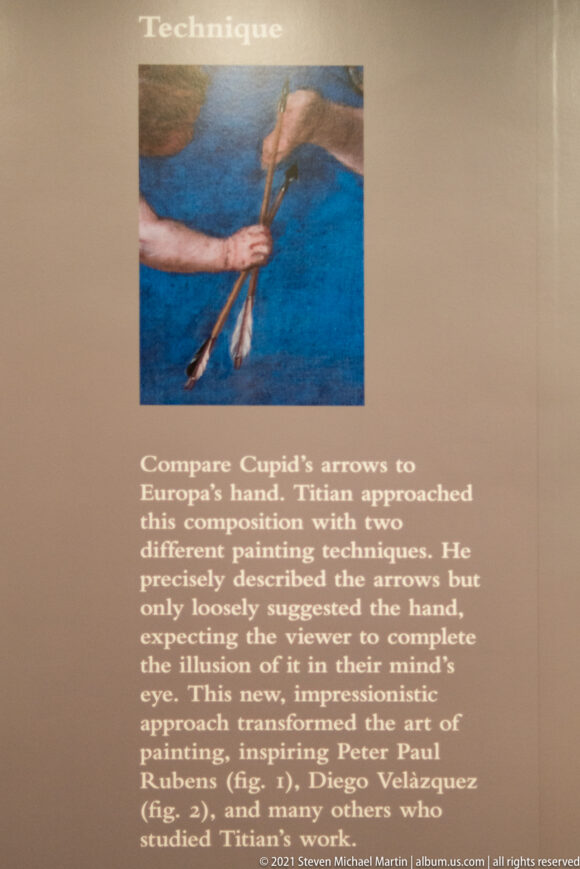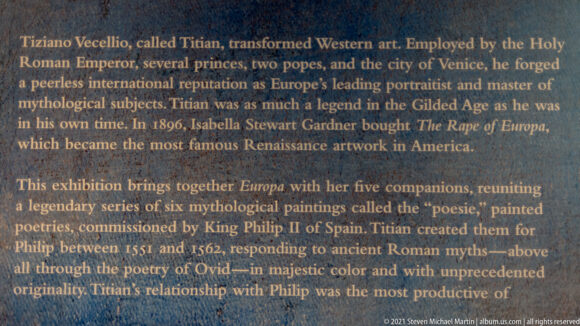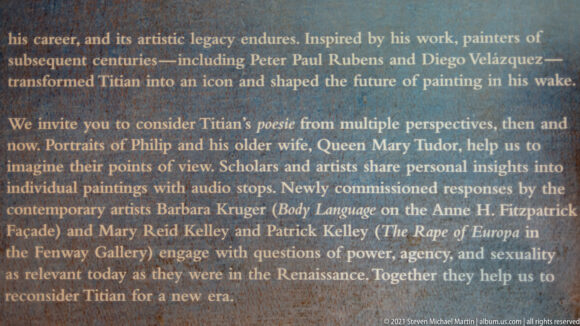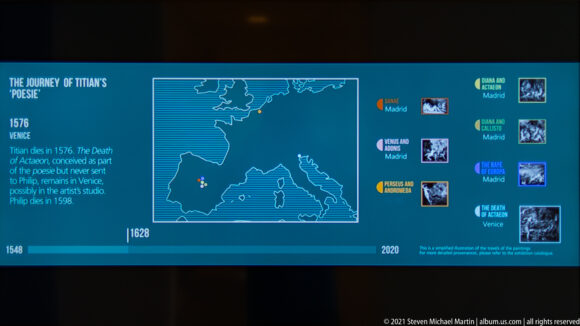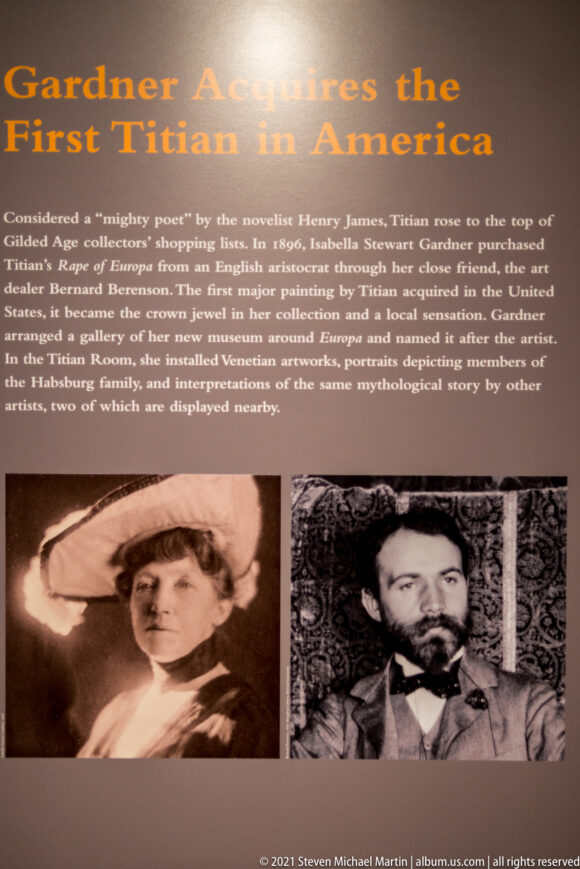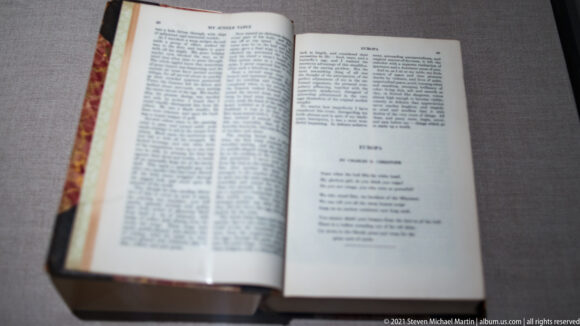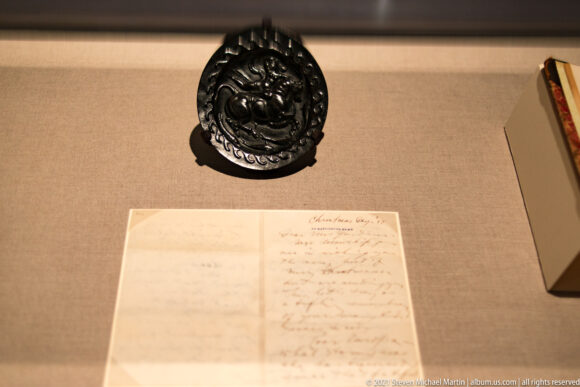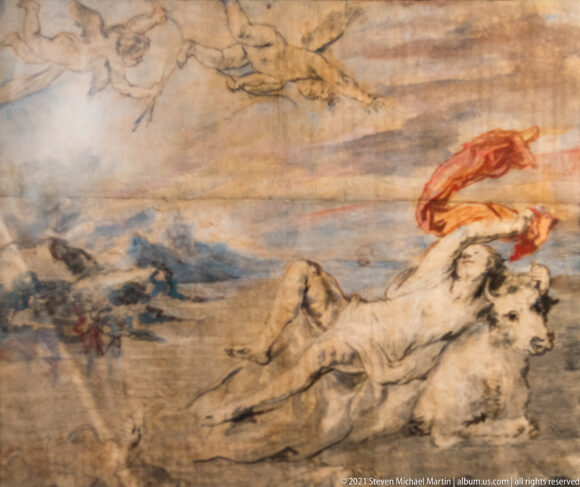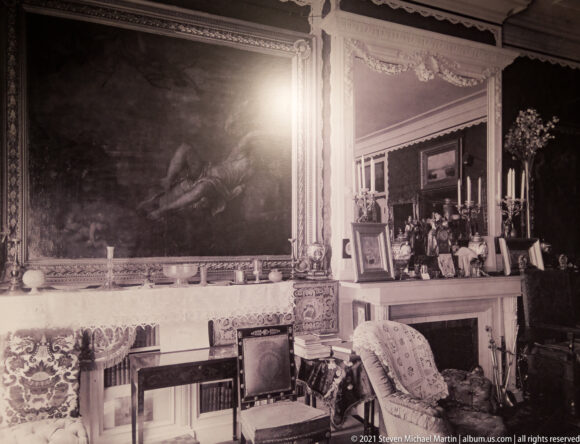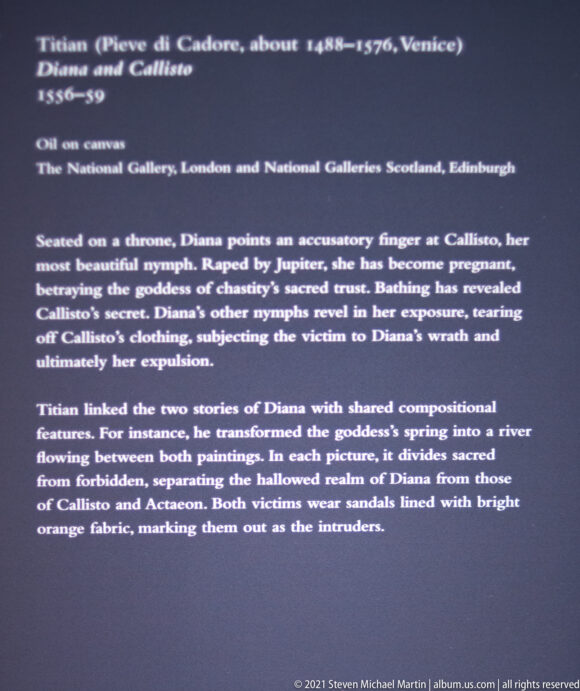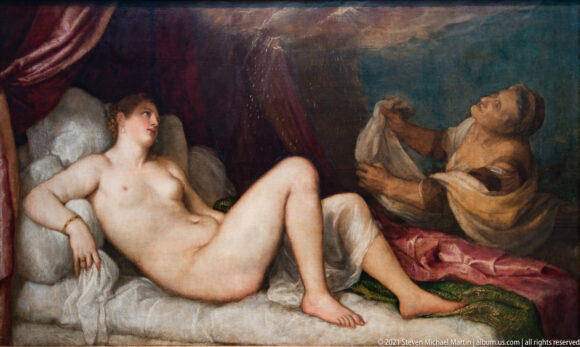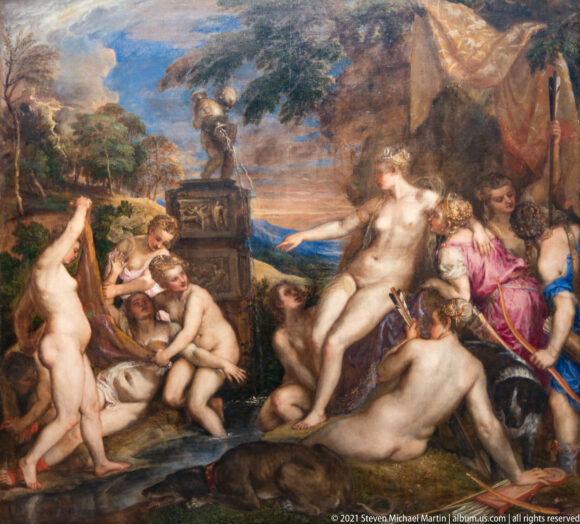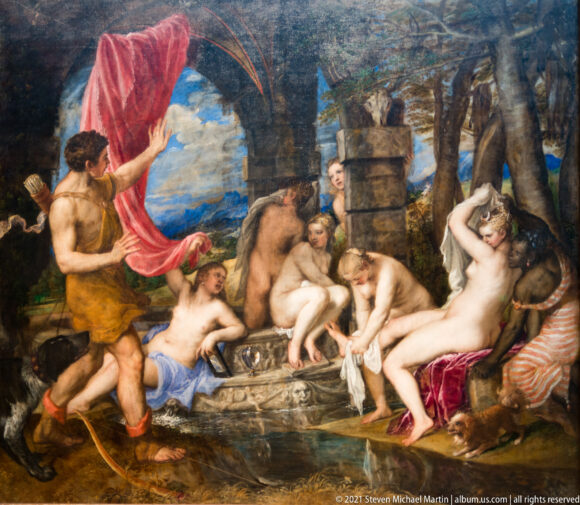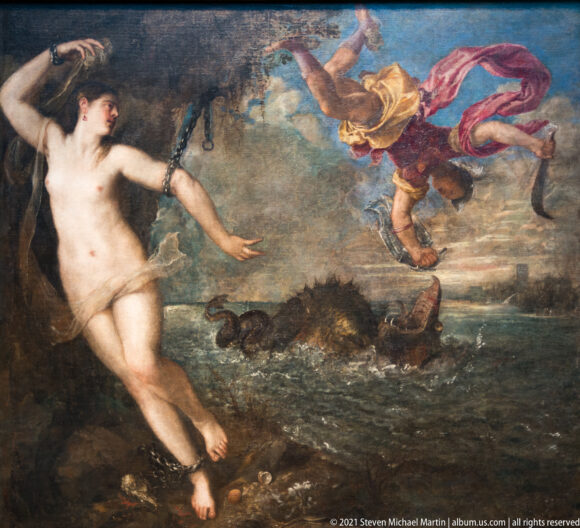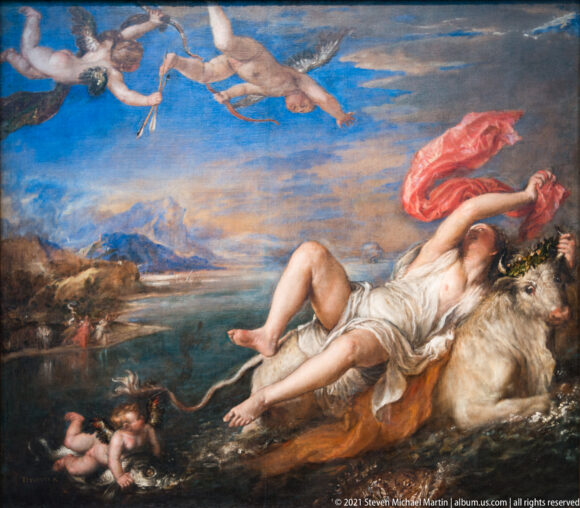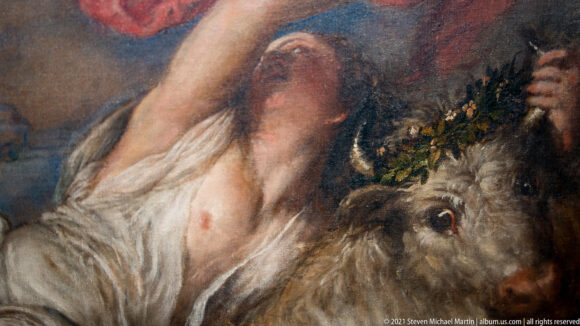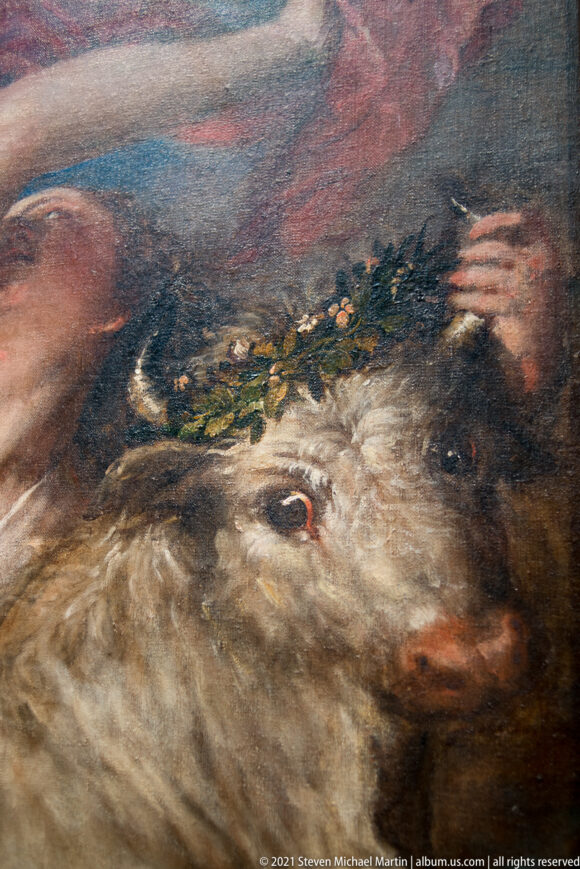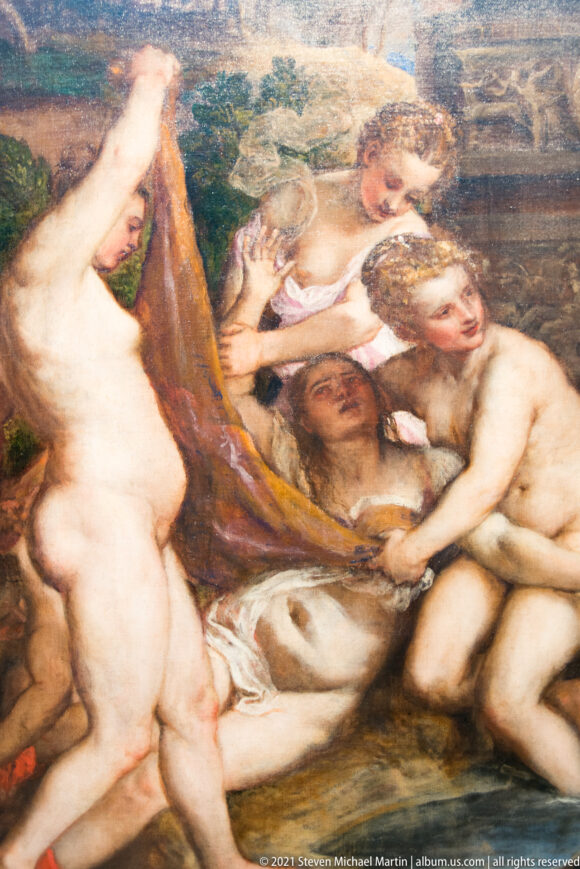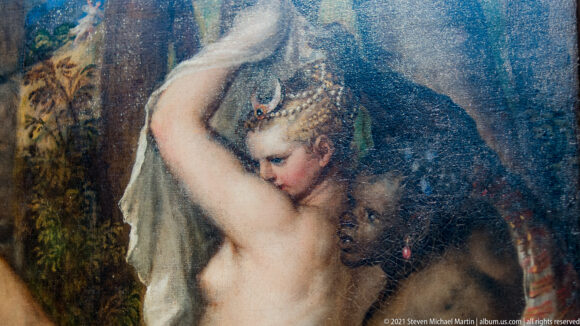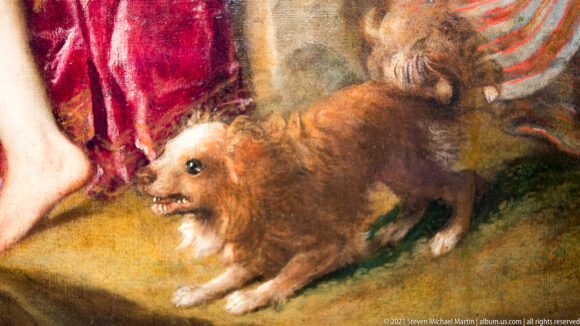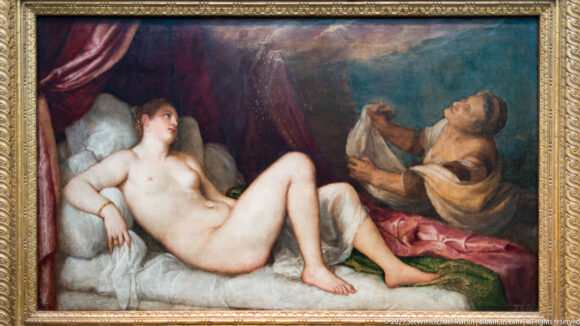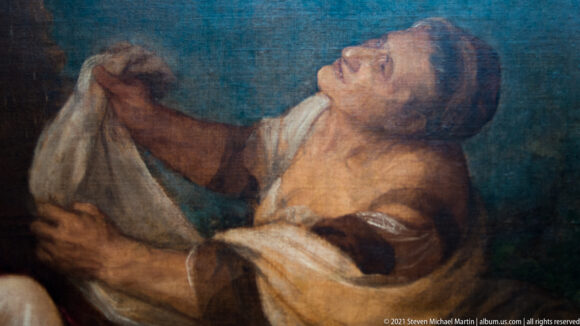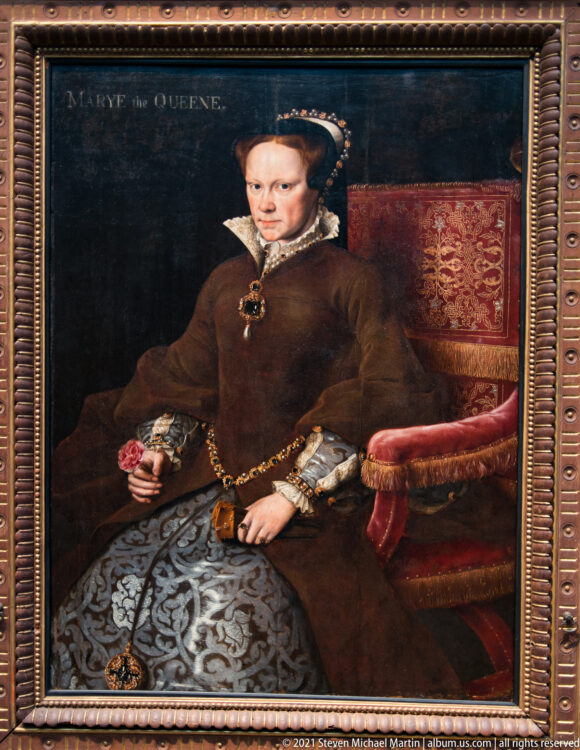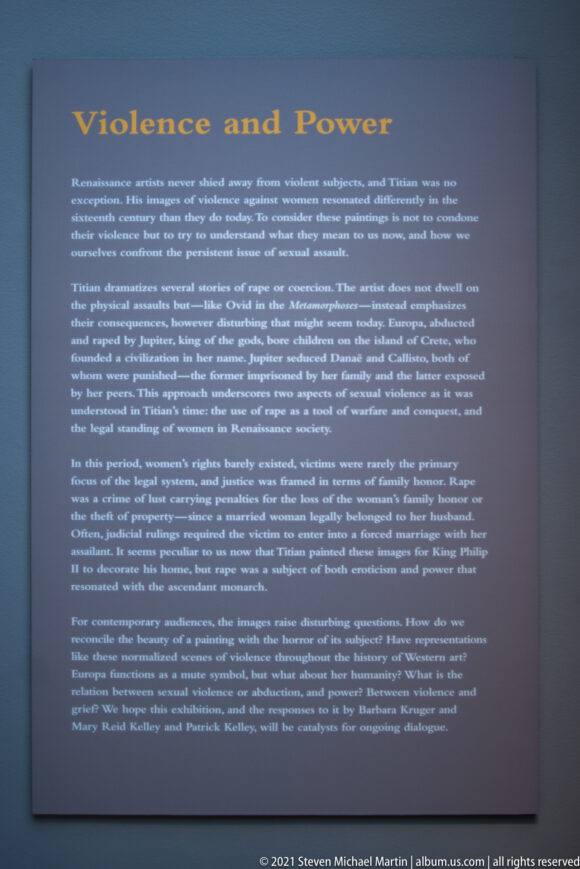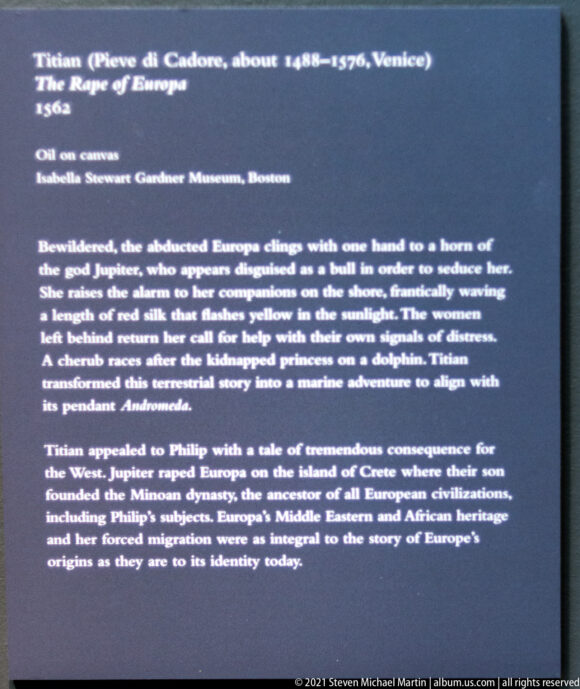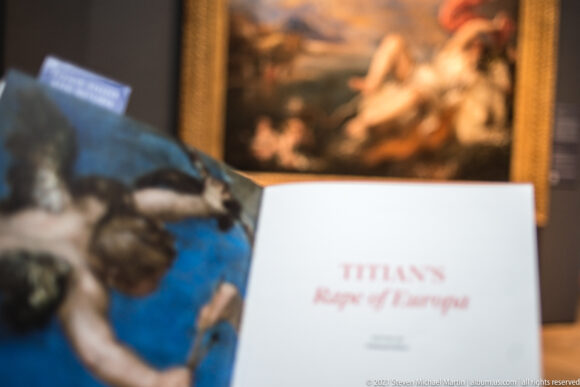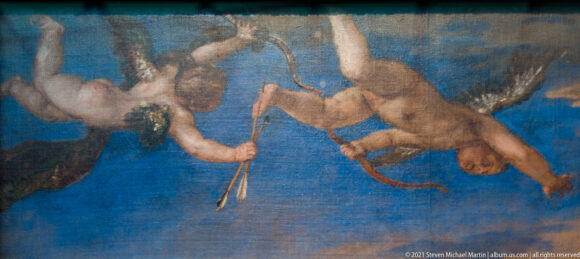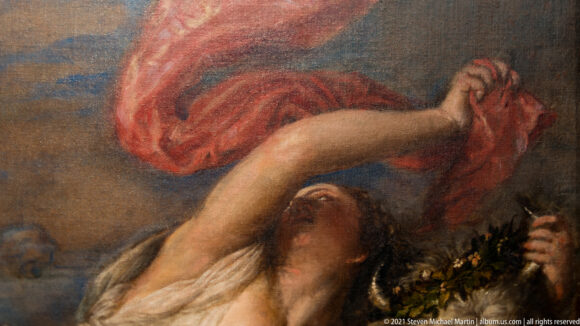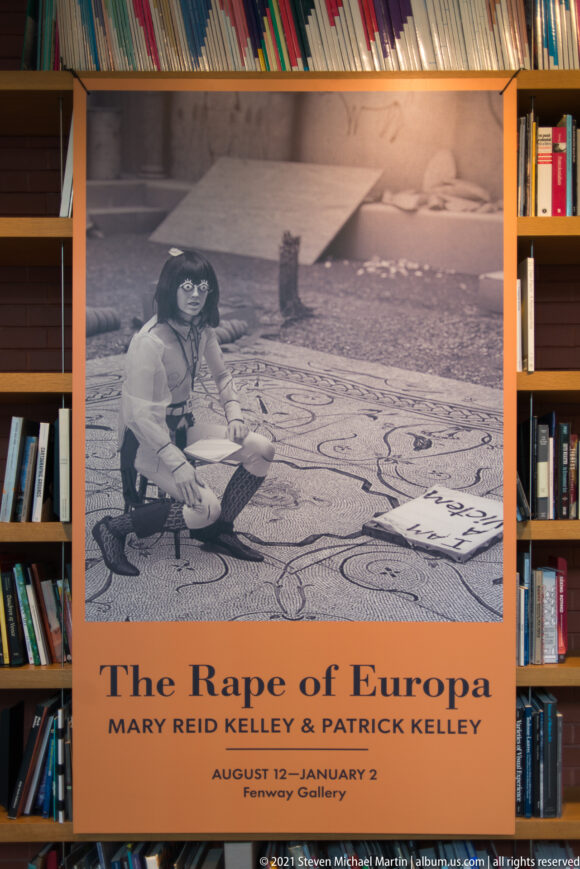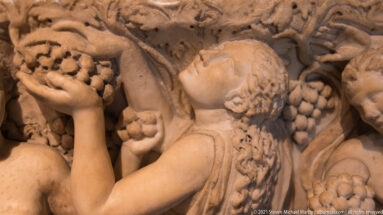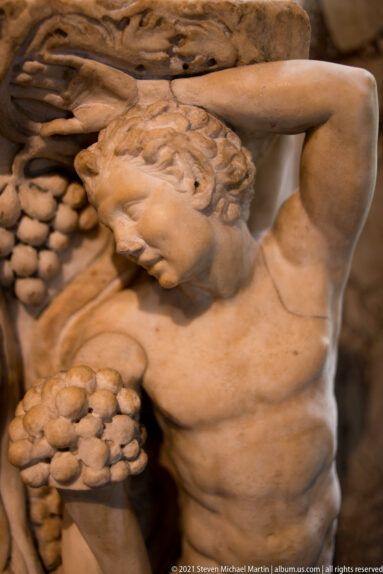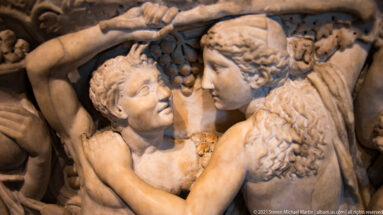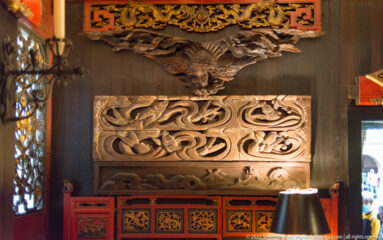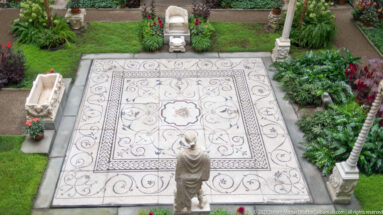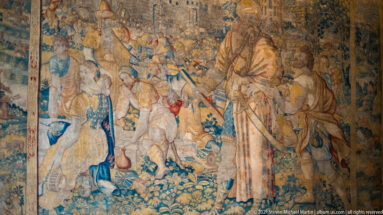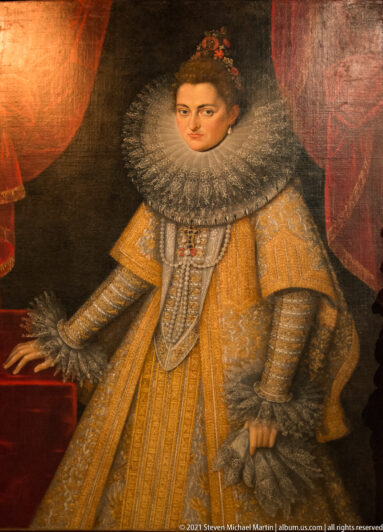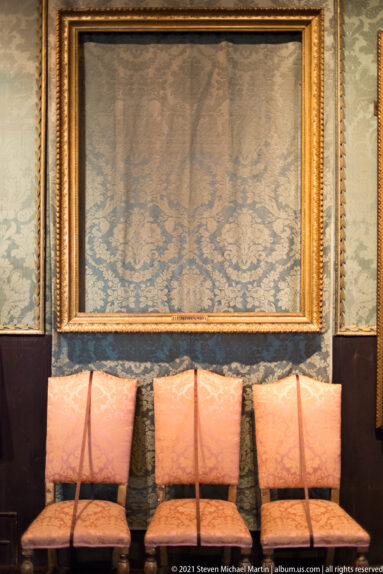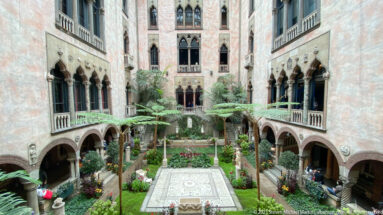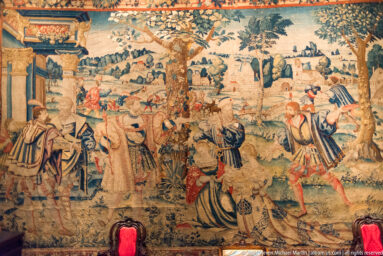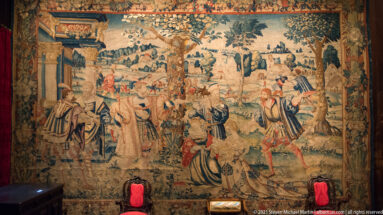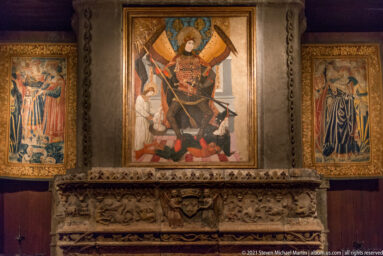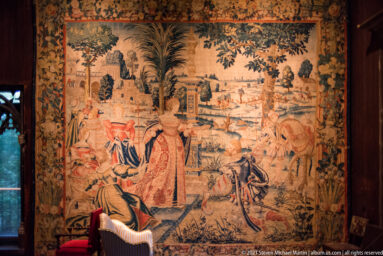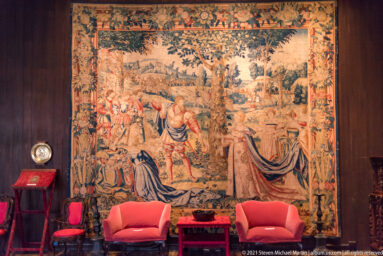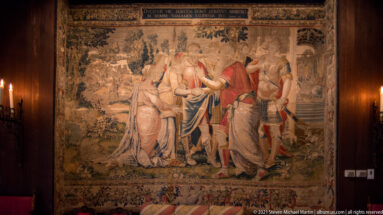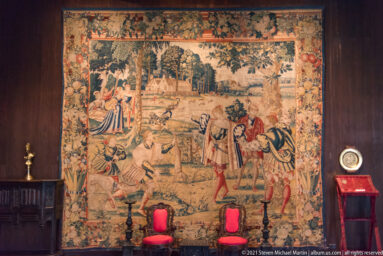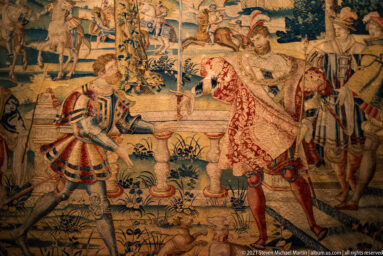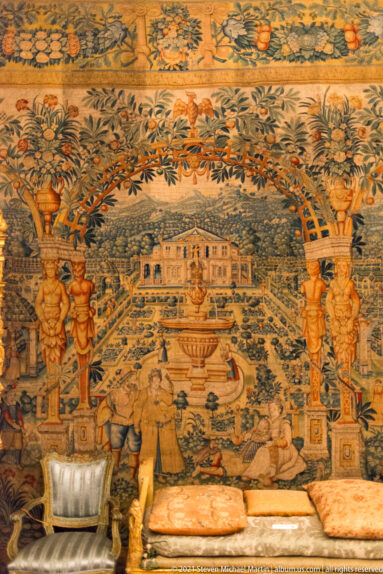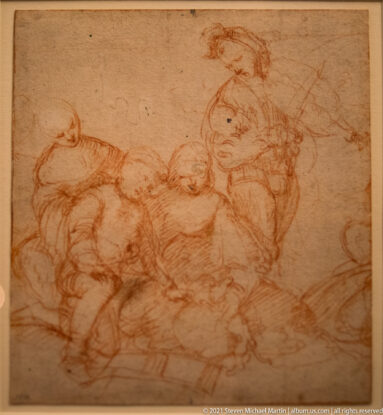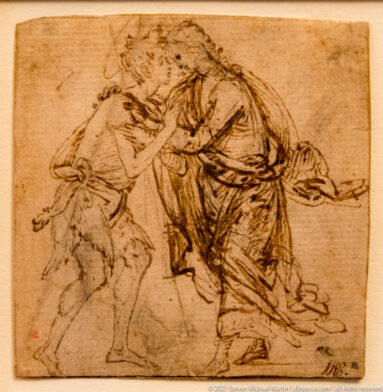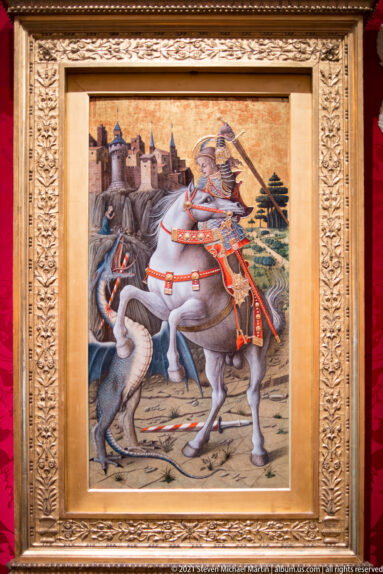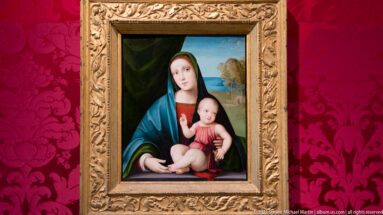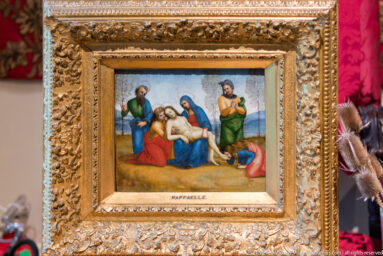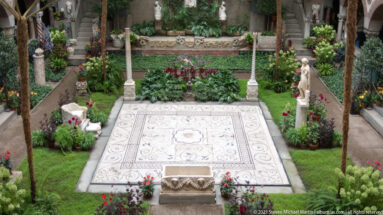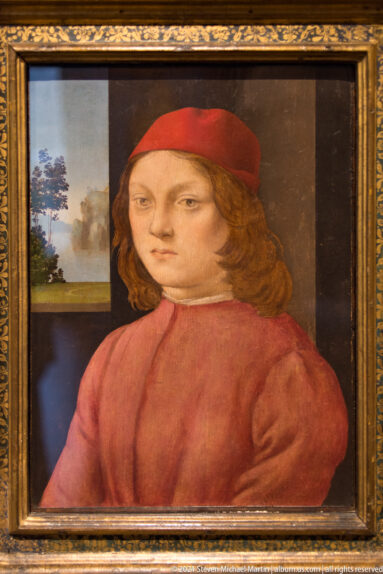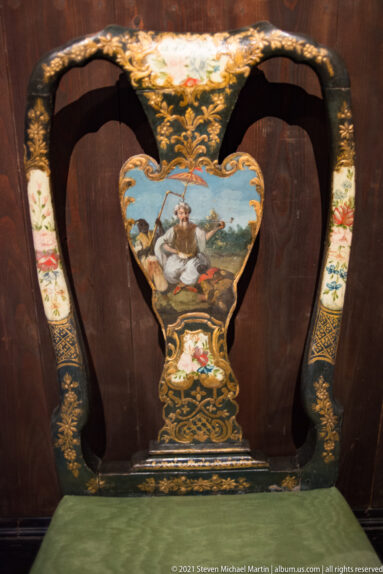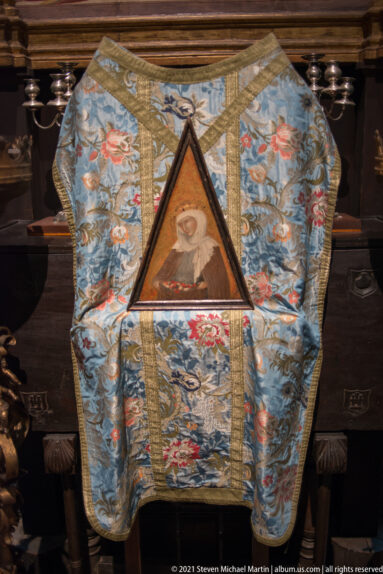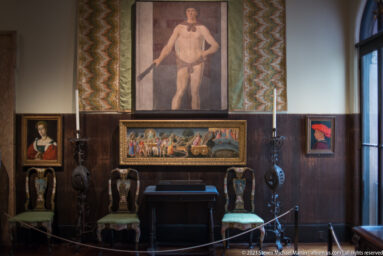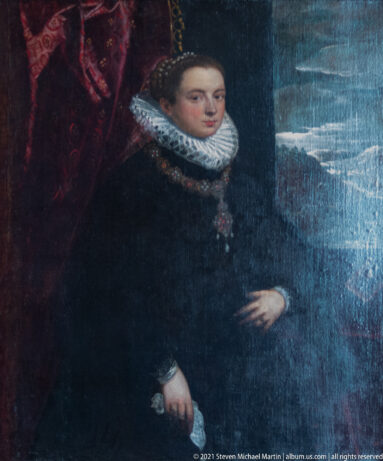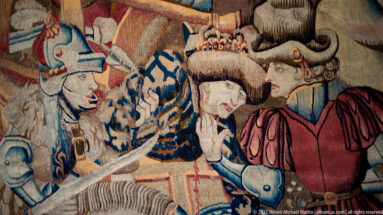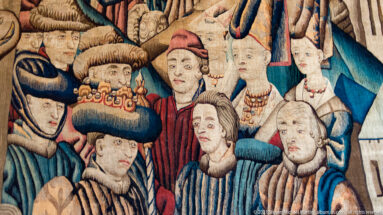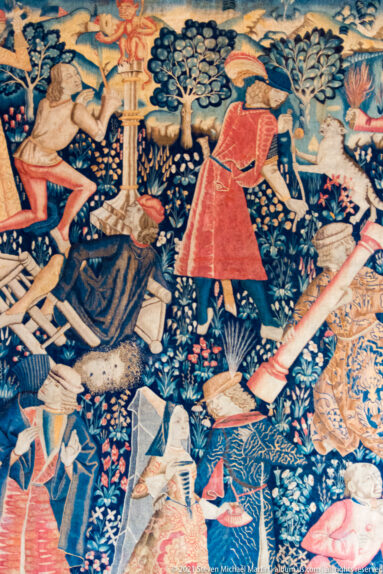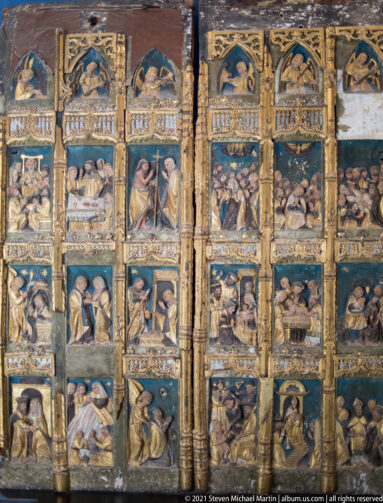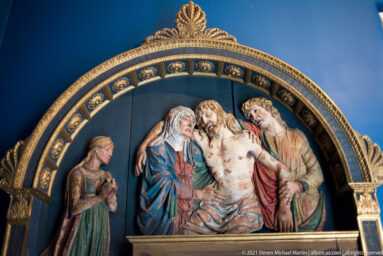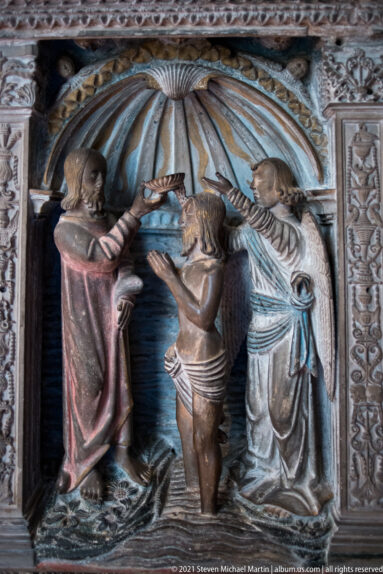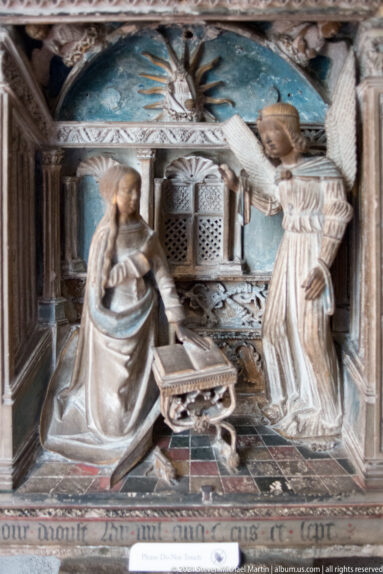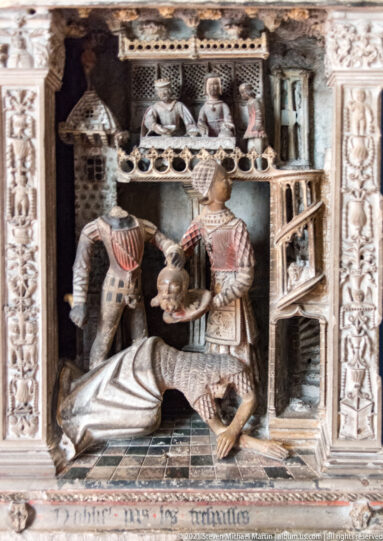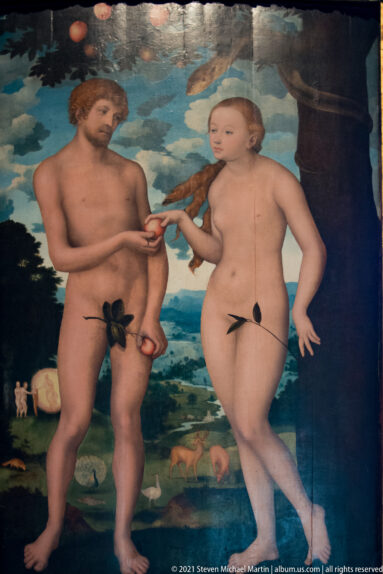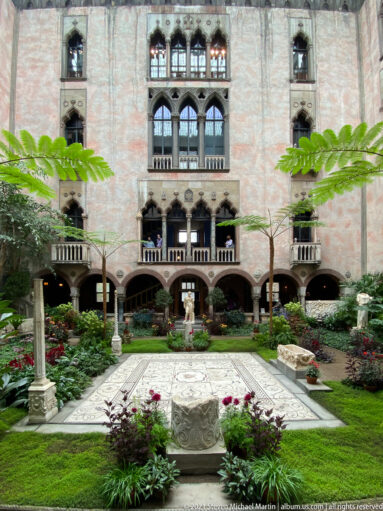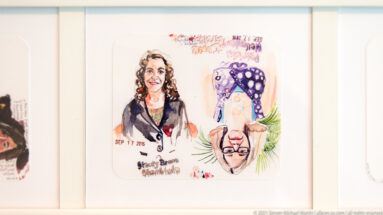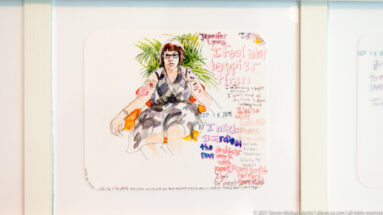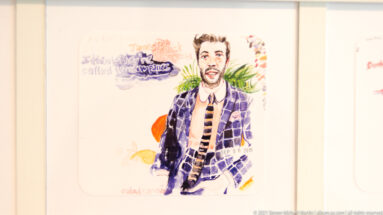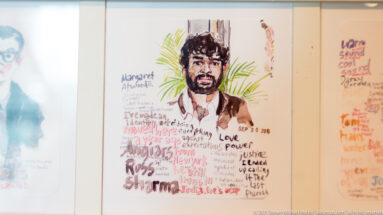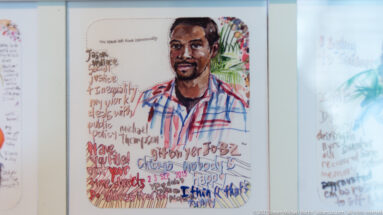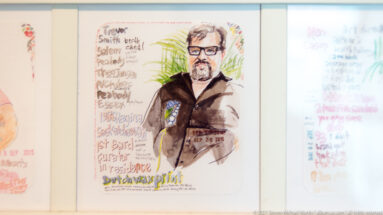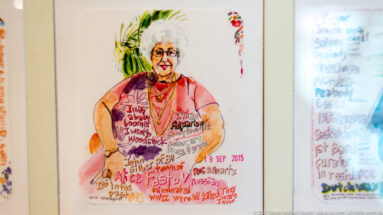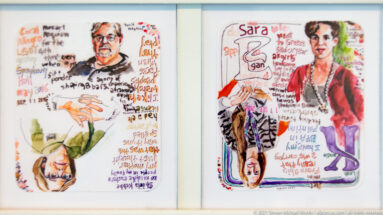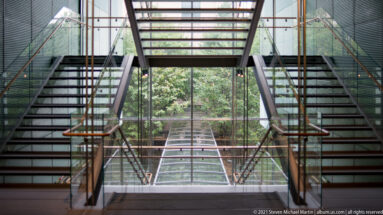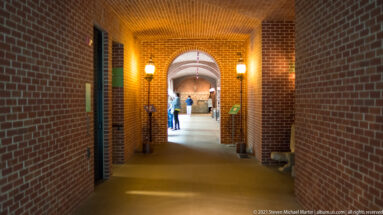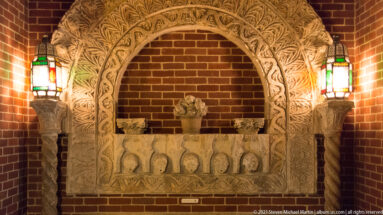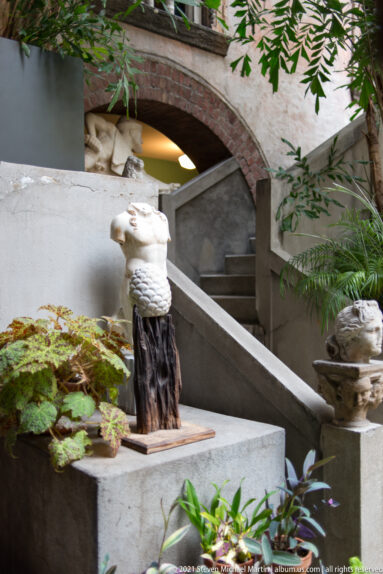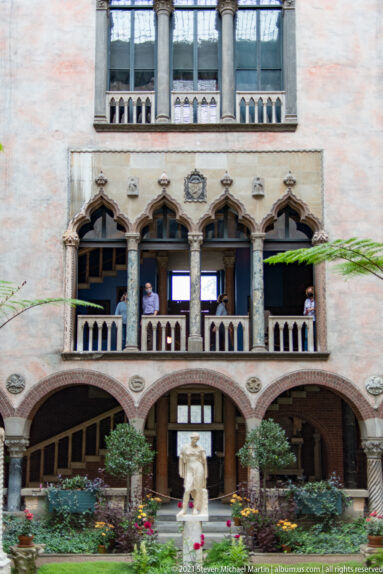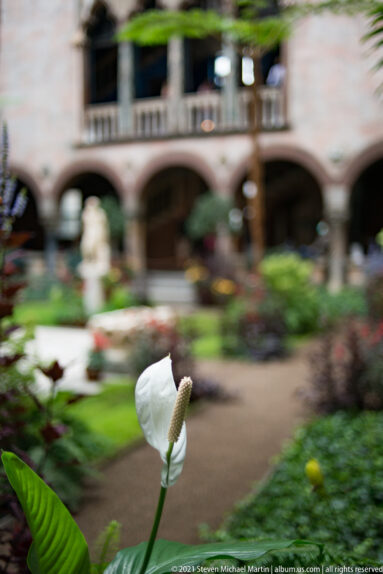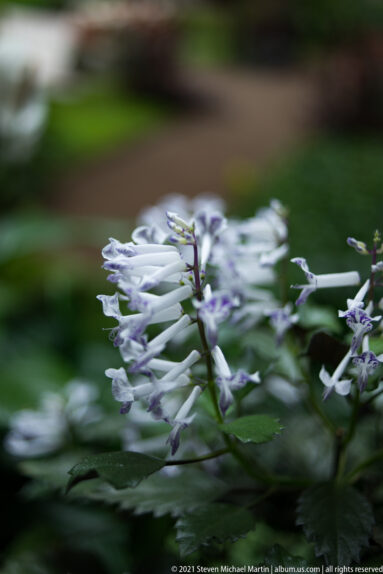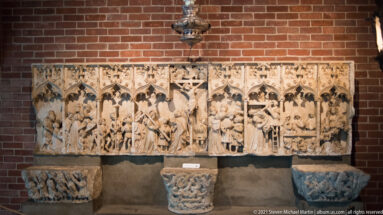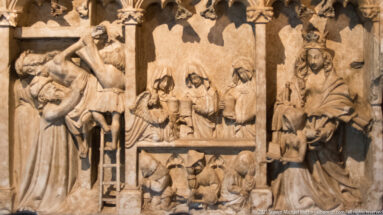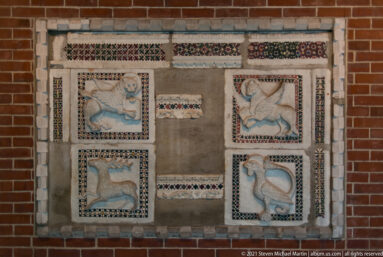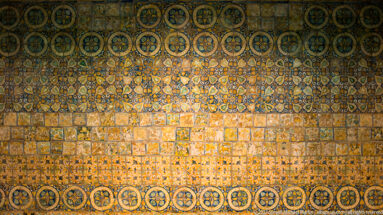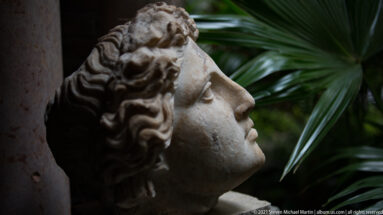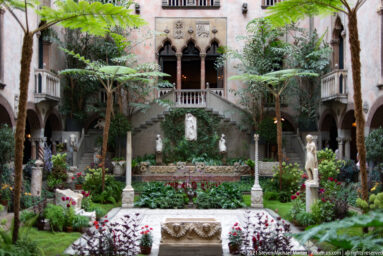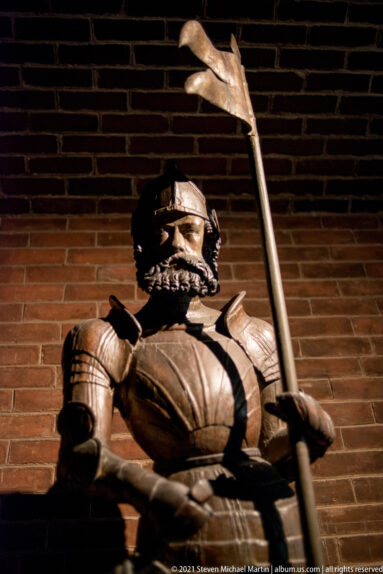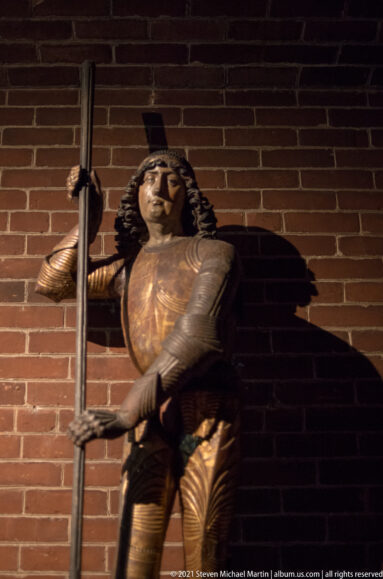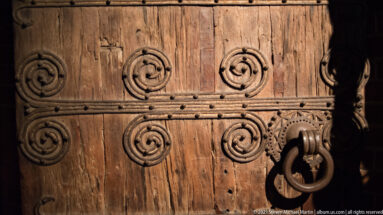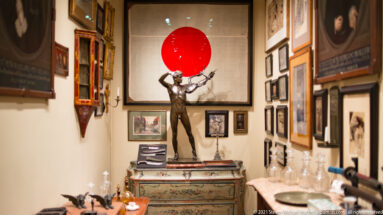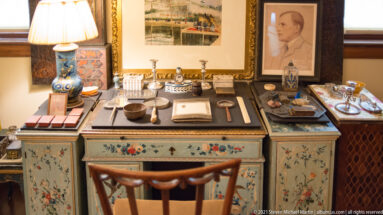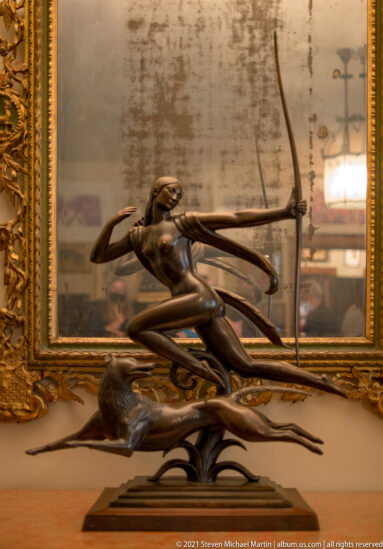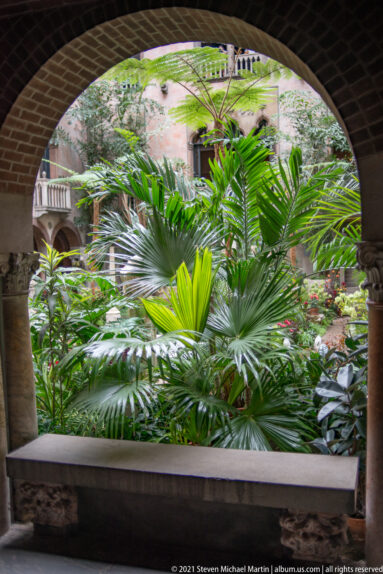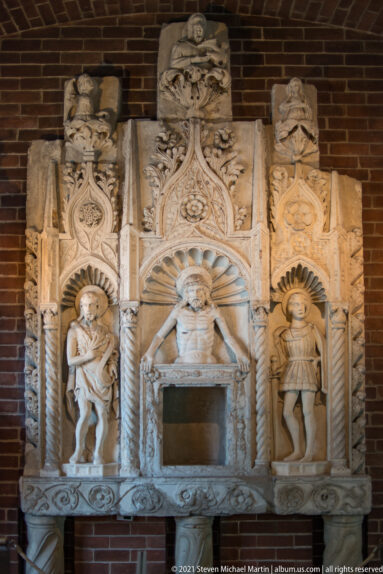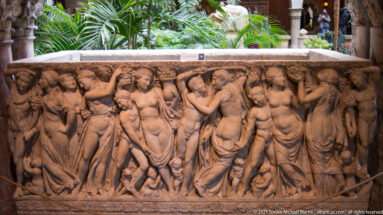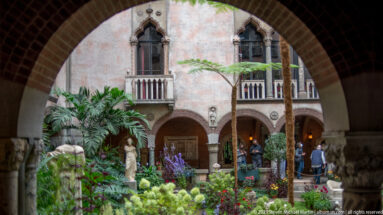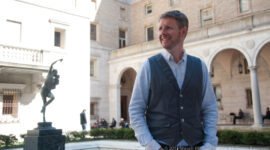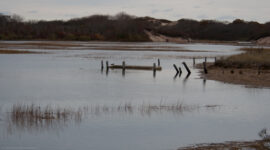Titian: Women, Myth & Power
This weekend, I went to see the Titian: Women, Myth & Power Exhibit in the Hostetter Gallery (August 12, 2021 – January 2, 2022). King Philip II of Spain hired Titian to create a series of monumental paintings between 1551 and 1562. These “landmarks” of western painting, the six poesie (painted poetries) are epic stories from classical Antiquity.
The paintings were spread across Europe over time, and only recently have been reunited in several museums, including the Isabella Steward Gardner. One of the paintings, the “Rape of Europa” is permanently owned by ISG. It is joining the five companions for the exhibition’s finale that also included the National Gallery, London and the Museo del Prado, Madrid.
The Rape of Europa, Isabella Stuart Gardner Museum
The “Rape of Europa” is about the abduction of Europa by Zeus (Jupiter). In the myth, the god assumed the form of a bull and enticed Europa to climb onto his back. Once there, the bull rode into the sea and carried her to Crete, where he revealed his real identity. Europa became the first Queen of Crete, and had three children with Zeus.
Danaë, National Museum of Capodimonte, Naples
Danaë is based on the mythological princess Danaë, isolated in a bronze tower following a prophecy that her firstborn would eventually kill her father.Although aware of the consequences, Danaë was seduced and became pregnant by Zeus (Jupiter), who, inflamed by lust, descended from Mount Olympus to seduce her in the form of a shower of gold.
Venus and Adonis, Prado, Madrid
The Prado version of Venus and Adonis is set at dawn and shows the young Adonis pulling himself away from Venus, his lover. He carries a feathered spear or “dart”, a weapon often used in hunting in the 16th century. The leads of his three hounds are wound around his arm at right. Under the trees behind them at left Cupid lies asleep, with his bow and quiver of arrows hanging from a tree; this is not a time for love. High in the sky, a figure rides a chariot; this is either Venus from later in the story, or Apollo or Sol, representing the dawn. Venus sits on a rock covered with a rich tablecloth with gold braid edges and buttons.
Diana and Actaeon, National Gallery and Scottish National Gallery, London and Edinburgh
Diana and Actaeon portrays the moment in which the hunter Actaeon bursts in where the goddess Diana and her nymphs are bathing. Diana is furious, and will turn Actaeon into a stag, who is then pursued and killed by his own hounds, a scene Titian later painted in his The Death of Actaeon. Diana is the woman on the right side of the painting. She is wearing a crown with a crescent moon on it and is being covered by the dark skinned woman who may be her servant. The nymphs display a variety of reactions, and a variety of nude poses.
Diana and Callisto, National Gallery and Scottish National Gallery, London and Edinburgh
Diana and Callisto portrays the moment in which the goddess Diana discovers that her maid Callisto has become pregnant by Jupiter.
Perseus and Andromeda, Wallace Collection, London
Perseus and Andromeda shows the hero Perseus flying through the air in combat to kill the sea monster who has come to kill Andromeda, who has been chained to a cliff by the sea shore for him. Perseus has already attacked and wounded the monster on the shoulder.
(Click links to get to Wikipedia source information.)


